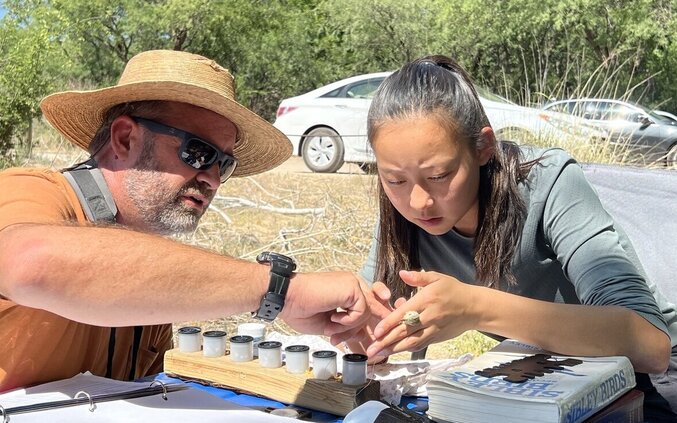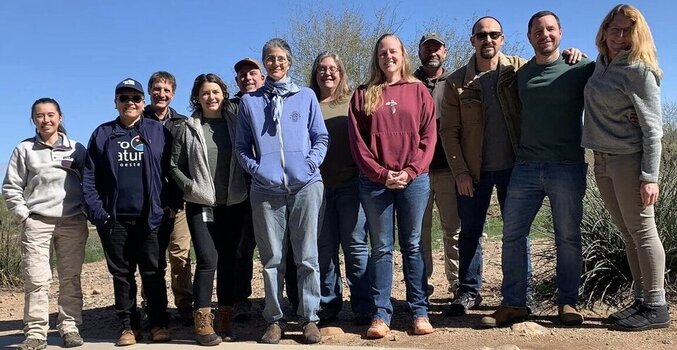Science
Strategic Habitat Conservation
 Joint Ventures use strategic habitat conservation (SHC) as our adaptive, science-based approach to conservation. Science includes the biological and ecological aspects of birds and their habitat requirements at multiple spatial scales, as well as the social science that is the foundation for the human dimensions aspect of conservation. Strategic habitat conservation is built on five main components:
Joint Ventures use strategic habitat conservation (SHC) as our adaptive, science-based approach to conservation. Science includes the biological and ecological aspects of birds and their habitat requirements at multiple spatial scales, as well as the social science that is the foundation for the human dimensions aspect of conservation. Strategic habitat conservation is built on five main components:
- Biological Planning – working with partners to establish shared conservation targets and measurable biological objectives, and identifying limiting factors affecting our shared conservation targets;
- Conservation Design – creating tools that allow us to direct conservation actions to most effectively contribute to measurable biological outcomes,
- Conservation Delivery – working collaboratively with a broad range of partners to create and carry out conservation strategies with value at multiple spatial scales, and
- Outcome-based Monitoring – evaluating the effectiveness of conservation actions in reaching biological outcomes to then adapt future conservation planning and delivery and
- Assumption-driven Research – testing assumptions made during biological planning to refine future plans and actions. Both monitoring and research help us learn from our decisions and activities to improve them over time.
Learn more about how the Joint Ventures use science to achieve bird habitat conservation.
Joint Ventures in Action
Long-term Bird Data Collection Yields Insights for the Future
The Sonoran Joint Venture has been supporting long-term ecological monitoring for decades. This spring we partnered with the Tucson Audubon [...]
Building Capacity for a Growing Motus Network
While “Motus” may seem like the latest bird conservation buzzword, the Motus Wildlife Tracking System (Motus) is a program of [...]
Collaborating with Renewable Energy Developers
Looking at an interactive playa map developed by Playa Lakes Joint Venture (PLJV), it’s easy to see how playas and [...]





